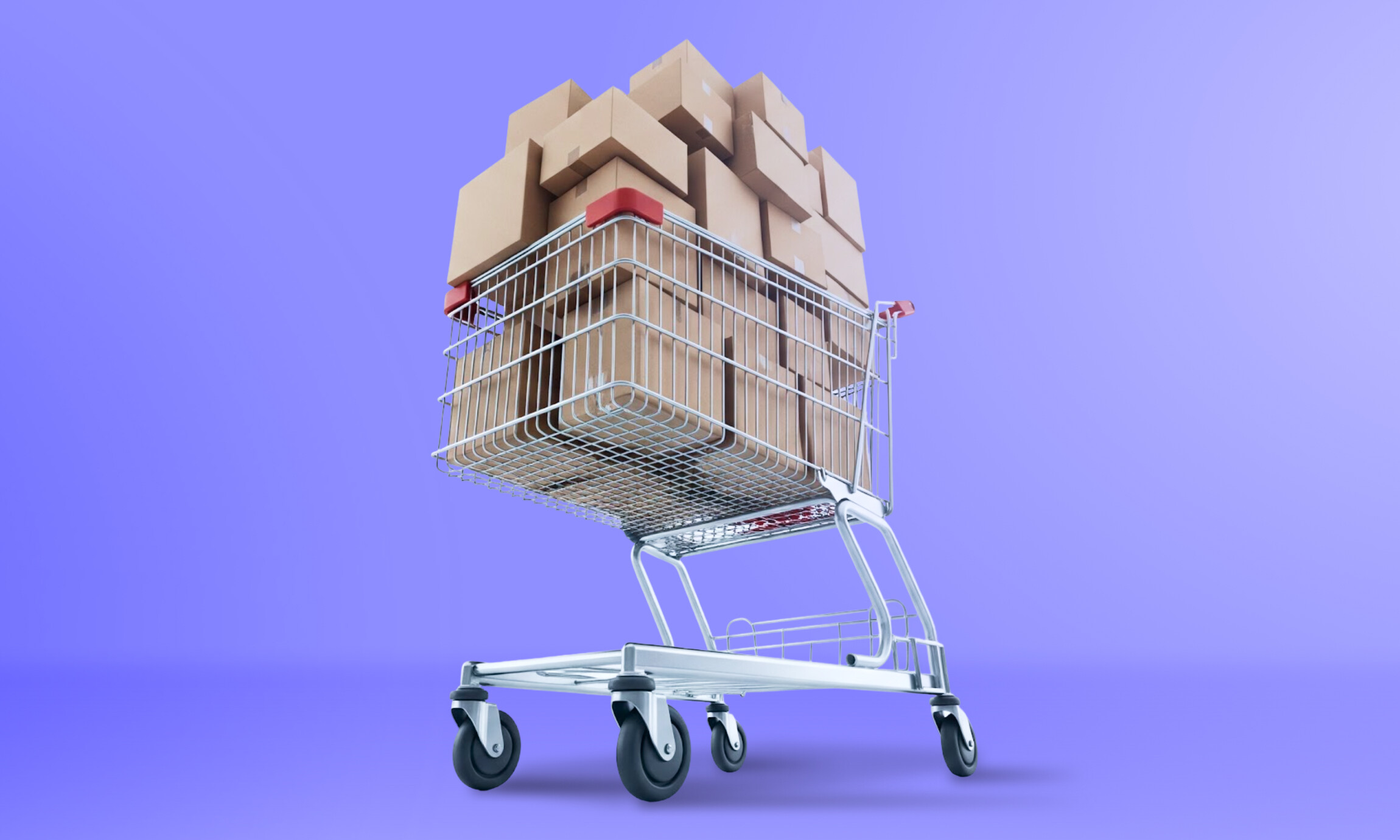
What you’ll learn:

If you search online for “large carts in eCommerce,” the answer you’ll get is, “It typically refers to a shopping cart containing a high number of distinct items.”
And the magic number that defines what a large cart is? The Internet agrees on 200+ items.
This definition only tells part of the story — and only from a customer-facing perspective. For consumers and business buyers, the number of items is what they can see. Behind the scenes, however, large carts are also measured by the richness of the data associated with each product in the cart, as well as intricate rules related to pricing, shipping or taxes.
In other words, a cart becomes “large” not just because of the number of line items but also because of its complexity — whether it’s rich data per item, advanced pricing rules or intricate shipping logic. All of these factors contribute to the cart’s backend weight.
This is because today’s online purchasing is more complex than ever. If you’re buying a pair of leggings, for instance, all the variants (color, size, etc.) increase the data size of the cart. In B2B scenarios, this complexity is even more prominent, as many manufacturers sell custom products, such as machinery, that contain a significant number of bespoke configurations. These customizations are essentially data transported to the cart’s size.
In more detail, large carts can be defined in three different ways:
The sheer number of unique items in a cart, rather than the quantity of each item. For instance, a cart could include various products from different categories, product types or distinct items.
This refers to the complexity and richness of the data associated with each product in the cart that supports complex product data, extensive attributes and highly specific line items — essential for B2B buyers with intricate needs.
A cart designed for intricate logic and advanced calculations, where dynamic pricing, shipping, taxes and rule-intensive conditions are applied to each item.
Allowing customers to fully benefit from all the facets of large carts lies in the ability to process that information in seconds through enterprise-grade performance and scalability. For manufacturers, distributors and wholesalers, this translates into simpler and faster online purchasing processing, giving them the confidence to leverage eCommerce even for the most complex products, variants and purchasing flows.
So, how do large carts look in real-life B2B situations? Check our visual guide for three scenarios in healthcare, food and beverage manufacturing, and wholesale.

Discover how to enhance the performance of Large Carts with our tutorial.